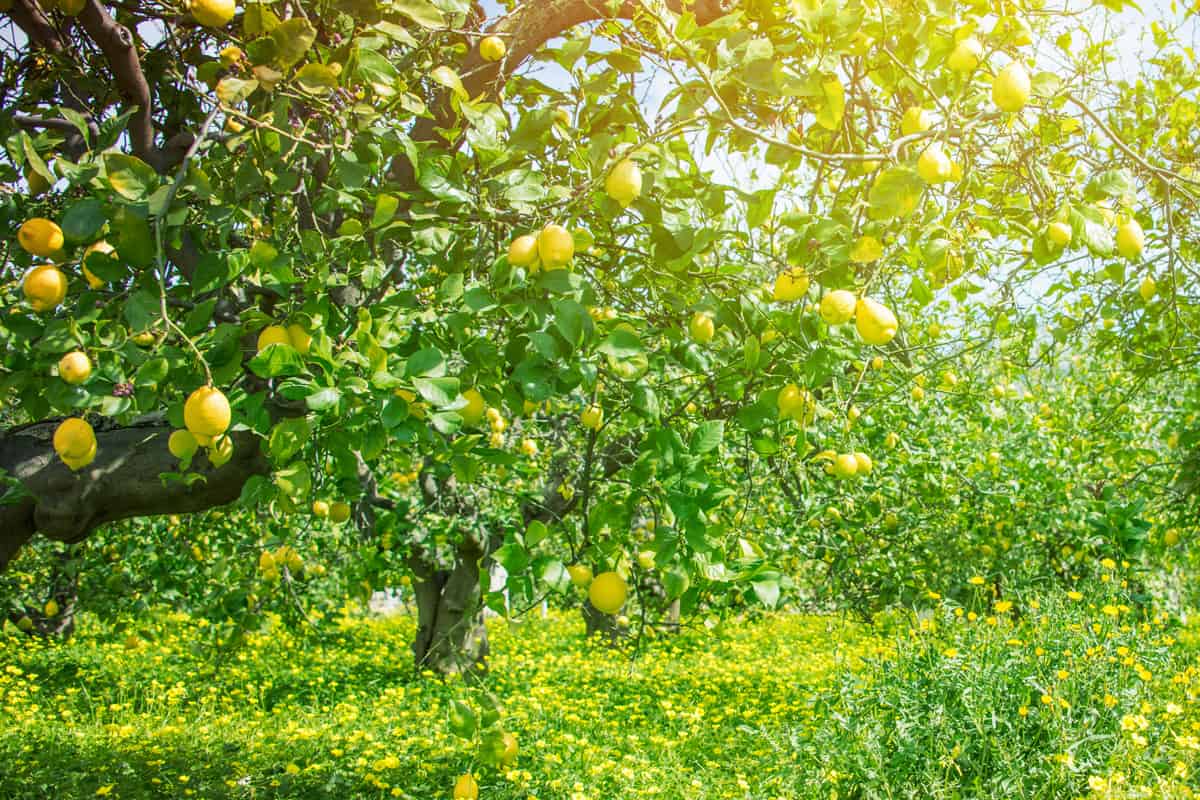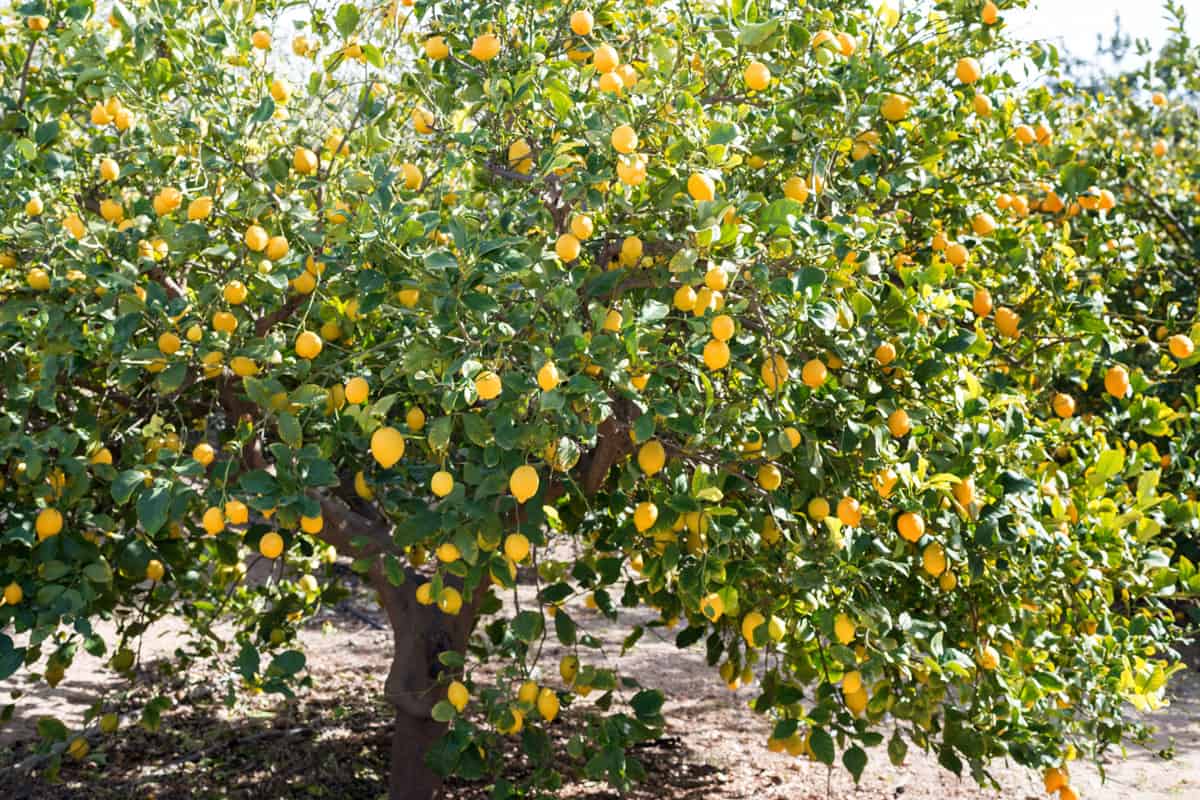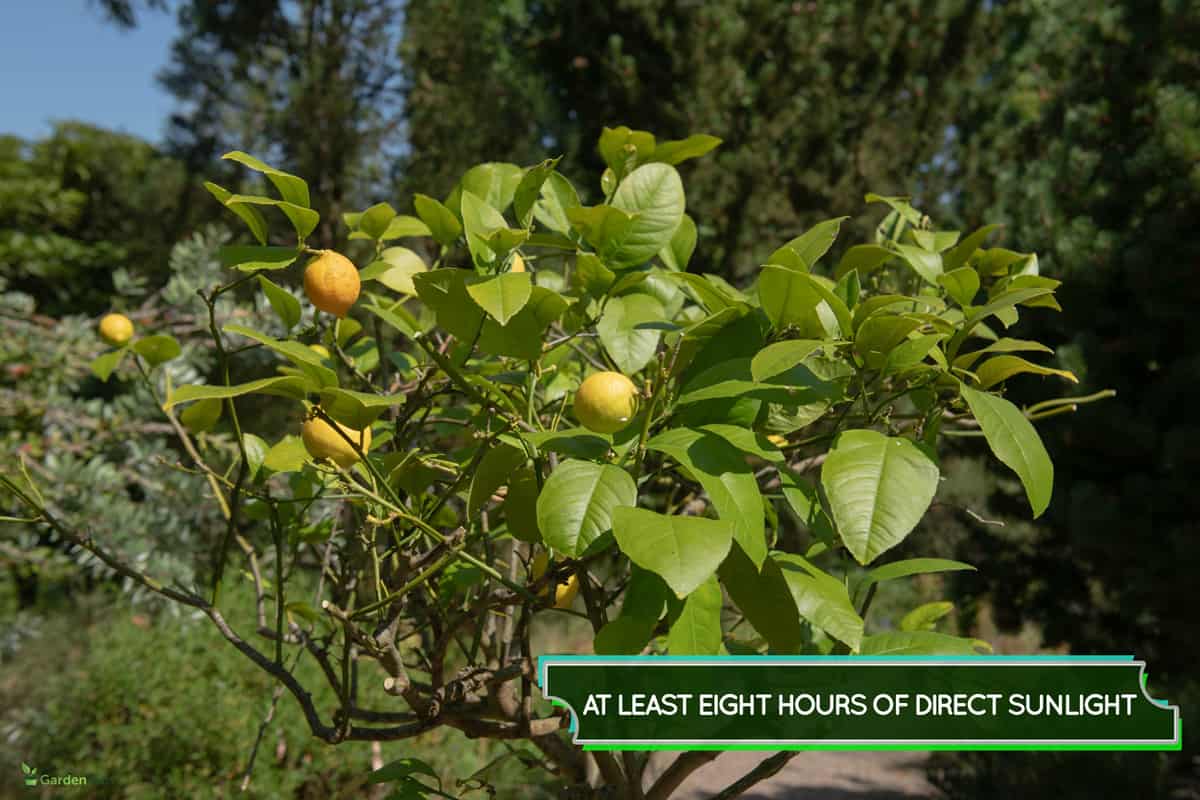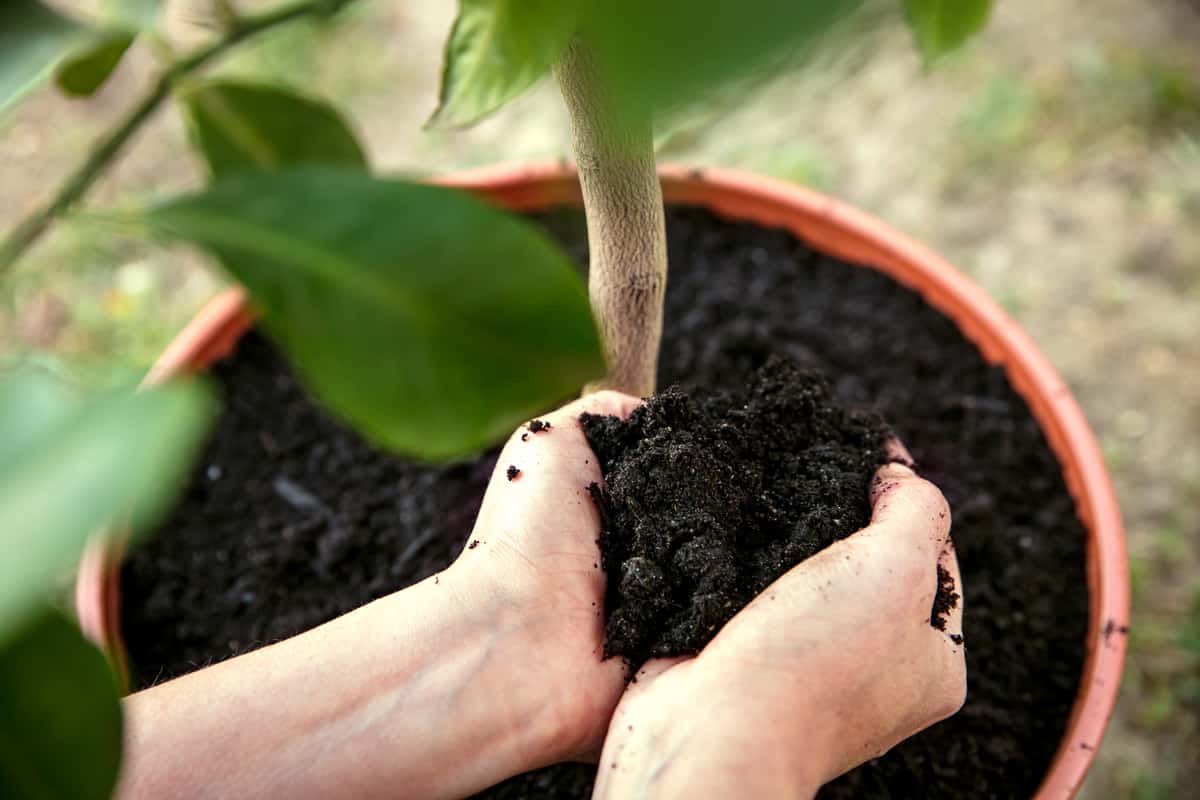Have you ever dreamed of having a lemon tree in your backyard for harvesting freshly-picked lemons? Well, the wait for fruits might be longer than you think. We've done our research to prepare this guide for you on how long it takes to grow lemons.
A lemon tree takes 4 to 6 years to fully mature and bear fruit. However, the time can vary depending on the tree's variety and environmental conditions such as light, temperature, and humidity. Provided the optimal growing conditions, lemon trees will continue to produce fruit for many years after the initial blossoming.
In this blog post, we will explain how long it takes for a lemon tree to sprout from a sapling into full-grown fruit-bearing potential. So join us as we explore what goes into nurturing a healthy baby lemon tree, modern farmer style!
Stages of Lemon Tree Growth

The first stage is root establishment. New roots will help stabilize the seedling and allow it to absorb more nutrients from its environment.
After this happens, leaves will begin to emerge as the plant develops foliage. At this point, the lemon tree should be placed in an area with direct sunlight for optimal growth.
As it matures over the next few years, more branches and leaves will form until finally, blossoms appear. Once insects like bees or wasps pollinate these blossoms, small green fruits begin to form that eventually ripen into lemons for harvest!
Therefore, it takes between 4 to 6 years for a lemon tree to reach full maturity and yield edible fruit for harvesting - although some may take longer depending on the environmental conditions they're growing in.
During this growth period, the root system will become established and allow for a strong support system that will enable a healthy fruiting season every year. The tree will also develop more branches and leaves throughout this period in order to produce lemons consistently.
Factors Affecting the Growth Time of Lemon Tree

Lemon trees are known to reach their full height of 20 feet, but it takes many years to get there. Generally, it will take a lemon tree anywhere from 20-25 years to reach its maximum height.
During that time, the tree will experience a slow and steady growth rate. It's important for lemon tree owners to be patient as they wait for the fruit-bearing stages of the tree's life cycle.
The growth time of lemon trees is largely affected by a number of different factors, such as climate, soil quality, and the variety of trees.
1. Amount of Sunlight
The amount of sunlight that the tree receives can have a major impact on the growth rate, so it is important to consider this when planting.
In areas with long periods of sunshine and warm temperatures, lemon trees are often able to grow more quickly than in cooler climates.
2. Soil Quality
Soil quality is also quite important for growth speed; soil that is well-draining and rich in organic matter will help promote faster growth. It is worth adding fertilizer to ensure that there are enough nutrients available for the plant to thrive.
Additionally, depending on the variety chosen, some types may be more suited to certain climates or soils than others. For example, some varieties require more cold days in order to set fruit, while others can tolerate warmer climates better.
3. Pruning
This helps direct energy to produce new branches and increases air circulation which can stimulate growth.
Timely pruning can make sure that the tree doesn't get too big or produce too much fruit in one season, which would otherwise affect its health adversely.
4. Water
Water is essential for all plants but especially so for citrus trees, as they require high levels of moisture during their active growing periods -during spring and summer months.
If not given enough water during these times or if over-watered, either outcome could result in slower growth rates or even death in extreme cases. Therefore careful monitoring is essential in order to achieve optimal conditions for the tree's growth rate throughout each season.
5. Pest and Disease Control
Without proper care, diseases like scab and rust can attack the leaves and trunks, resulting in stunted growth or death altogether. Regular inspection for pests also helps keep any infestations under control which ensures an uninterrupted growth process for your lemon tree over time.
How Much Sun Does a Lemon Tree Need?

While some partial shade is okay for a lemon tree, ideally, it should be in a location that receives full sun -meaning at least eight hours of direct sunlight daily -to give it the best chance of producing an abundant harvest.
Without the necessary sunlight, a lemon tree can suffer from stunted growth, poor health, and decreased fruit production.
Furthermore, the more sunshine a lemon tree receives, the sweeter its fruit will be. Sunlight is also essential for activating nutrients within the soil, which helps promote healthy foliage and flowering.

What Kind of Soil Does a Lemon Tree Need?

For a lemon tree to thrive, it needs sandy soil with a balanced pH range between 6-7.5. This type of soil has high amounts of oxygen, which is important for the tree's root system.
The loose texture of sandy soil also helps with drainage and prevents waterlogging, which can cause root rot. Additionally, having a slightly acidic pH level helps provide optimal nutrient uptake by the tree's root system, allowing it to absorb all the nutrition it needs to survive and produce fruit.
To create an ideal environment for your lemon tree, you should mix a blend of compost or other organic matter into the soil to increase its fertility and improve water retention.
How Do I Prune a Lemon Tree?
Proper pruning can help promote healthy growth and fruiting, as well as reduce potential disease and pest problems. It is important to prune your lemon tree at the appropriate times of year for optimal health and growth.
Start by taking a look at the general shape of the tree.
Identify any areas where branches are crossing each other or growing inwards, as these will need to be cut back to help improve airflow and light penetration.
Next, consider which shoots are crossing into neighboring properties or blocking paths, light sources, or views - these should also be removed.
When you are ready to begin pruning, use sharp secateurs or loppers for larger stems. Always make sure when cutting that you do so in a way that promotes healing (make cuts just above a leaf node).
Deadwood should always be removed first - this could include yellowing leaves, stems, or dead-looking branches with no new foliage growth. Prevent cutting one-third of your lemon tree within a year.
If needed, thin out the canopy by removing selected inner branches - but never more than one-third of the canopy per season. There should still remain enough foliage on the tree so it can photosynthesize successfully.
For fruit production, it's best to remove any flower buds early in the season before they have a chance to develop into lemons (this helps save energy for better fruit production later in the season).
Once fruits start appearing, remove any which are small and not likely to develop further; again, this helps free up energy resources for bigger fruits that may contain more juice and pulp.
You may also want to perform selective pruning on tall growing branches so that all fruits are easily accessible from ground level (this is especially important if using a ladder is impractical).
How Often Should I Water My Lemon Tree?
Watering your lemon tree is an important part of keeping it healthy and ensuring that it produces lots of delicious fruits.
Generally, the ideal interval between waterings is every 7 to 10 days. However, depending on the variety of lemon trees you have, how old it is, and where you live, this may need to be adjusted with more frequent or less frequent waterings.
For younger trees, water more often; perhaps every 5-7 days. With an established lemon tree, you can get away with waiting long periods before watering as long as the soil isn't completely dried out.
On hot summer days in particularly dry climates, you may even need to water your tree twice a day. You can check if your tree needs watering by sticking your finger into the soil – if the top inch or two feels dry, then it's time for a drink for your lemon tree!
What Type of Fertilizer Is Best for a Lemon Tree?
When it comes to caring for lemon trees, one of the most important things you can do is provide them with the proper fertilizer.
The best type of fertilizer for a lemon tree is a citrus tree fertilizer specifically designed for citrus plants. Citrus fertilizers typically contain higher levels of essential nutrients such as nitrogen, potassium, calcium, and magnesium that are needed by lemon trees for healthy growth and fruit production.
Additionally, these fertilizers often include micronutrients like iron and zinc, which may be lacking in ordinary garden soil.
When applying either type of fertilizer to your lemon tree, it’s important to follow package directions closely and avoid over-fertilizing. Too much fertilizer can cause nutrient imbalances or burn the tree’s roots.
Ideally, you should apply fertilizer every 2-3 months during the growing season and adjust according to your soil conditions so that your tree has a steady supply of essential nutrients all year round.
Final Words
While the answer to this question may vary based on climate and other factors, it is always interesting to see how long it takes for a lemon tree to grow. If you are looking to plant your own lemon tree, be sure to keep these things in mind so that you can enjoy fresh lemons sooner rather than later!
For more ideas on how to keep your garden more manageable, see our posts below:


